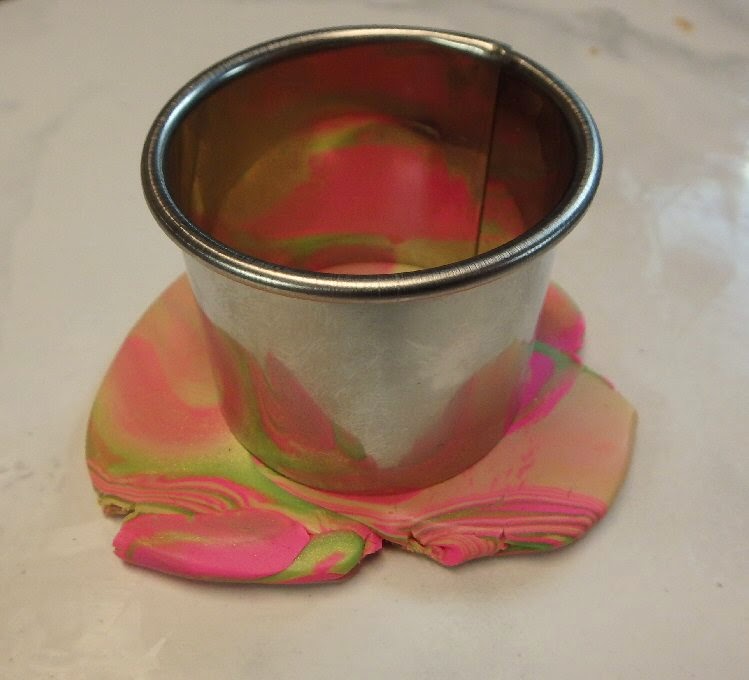Corkscrew Swamp Sanctuary was one of our "must sees". We wanted to see the Painted Buntings. They never come as far north as Ohio. The last time we saw the beautiful little birds was at least ten years ago.
We saw only the males. The females come a little later.
There have been a lot of changes since the last time we visited the sanctuary. The lands along the road to the sanctuary are crowded with homes and shopping areas. Ten years ago, the road wound through woods, swamps and grasslands.
The Interpretative Center is new and much larger. I like the upholstery on the couch.
There is also a cafe in the center which is very nice. When we visited the last time the only food was what we brought with us.
The entire walk is now by boardwalk. Years ago, sections were earthen trails.
The following photos show some of the sights along the boardwalk.
Red-shouldered Hawk
Epiphyte (non parasitic plant growing on another plant)
Blue Flag (I don't know which variety this is.)
Little Blue Heron walking on Water Lettuce (Pistia stratiotes)
The largest cypress trees in the swamp are named for famous regional and national naturalists. This one is named for Aldo Leopold.
A wide variety of ferns...
Black-crowned Night-Heron...
Signs with natural history and ecological information...
Snowy Egret in breeding plumage...the birds were killed in the early part of the twentieth century for these feathers. The fashion was to put them on women's hats.
Typical swampy area...
What is this? Again, it is part of one of the earlier photos in this blog.
Right click on the photos to enlarge them. Left click to get back to blog.




















































